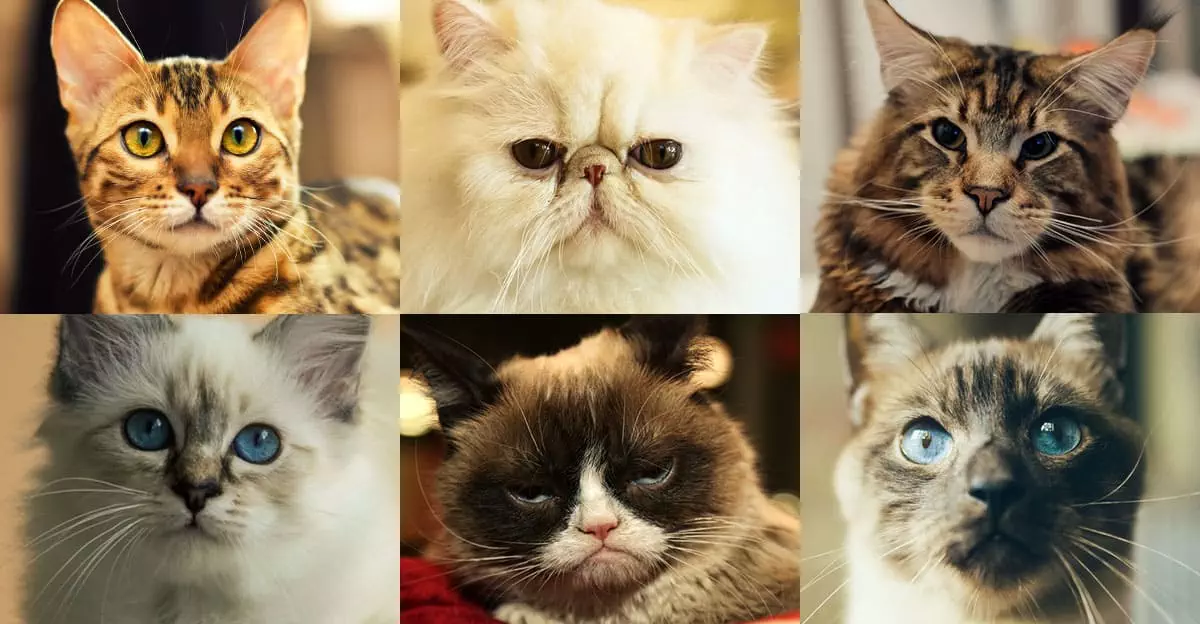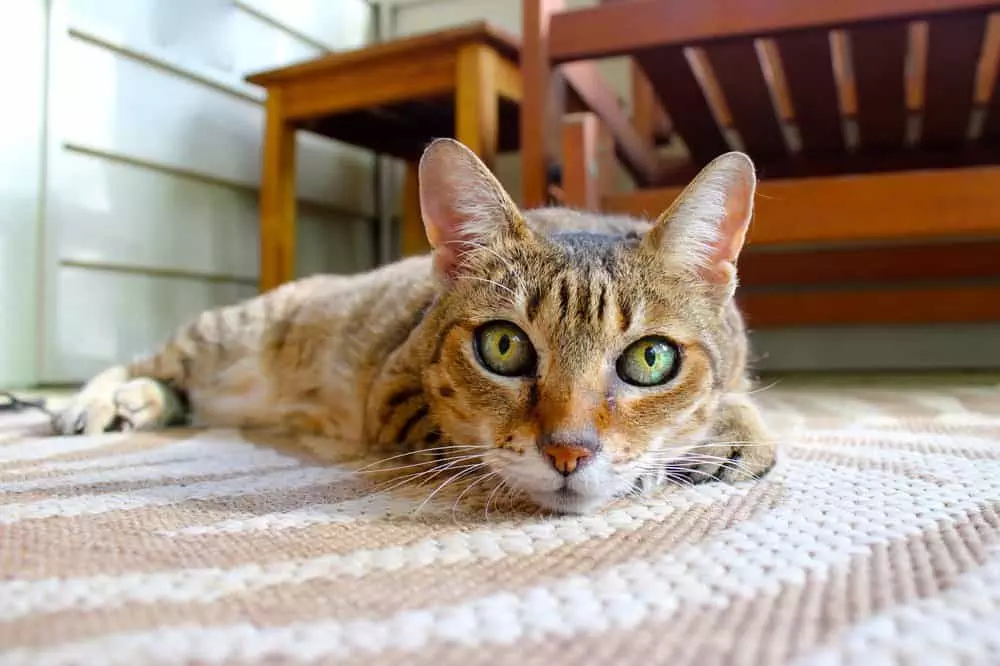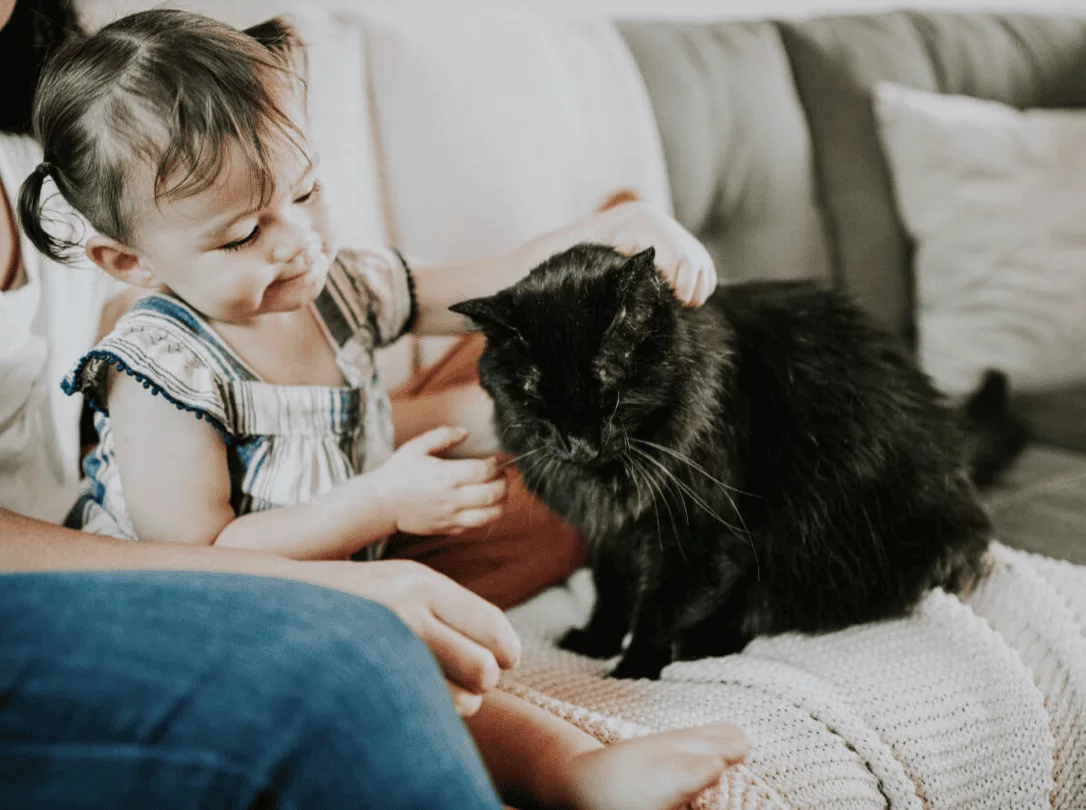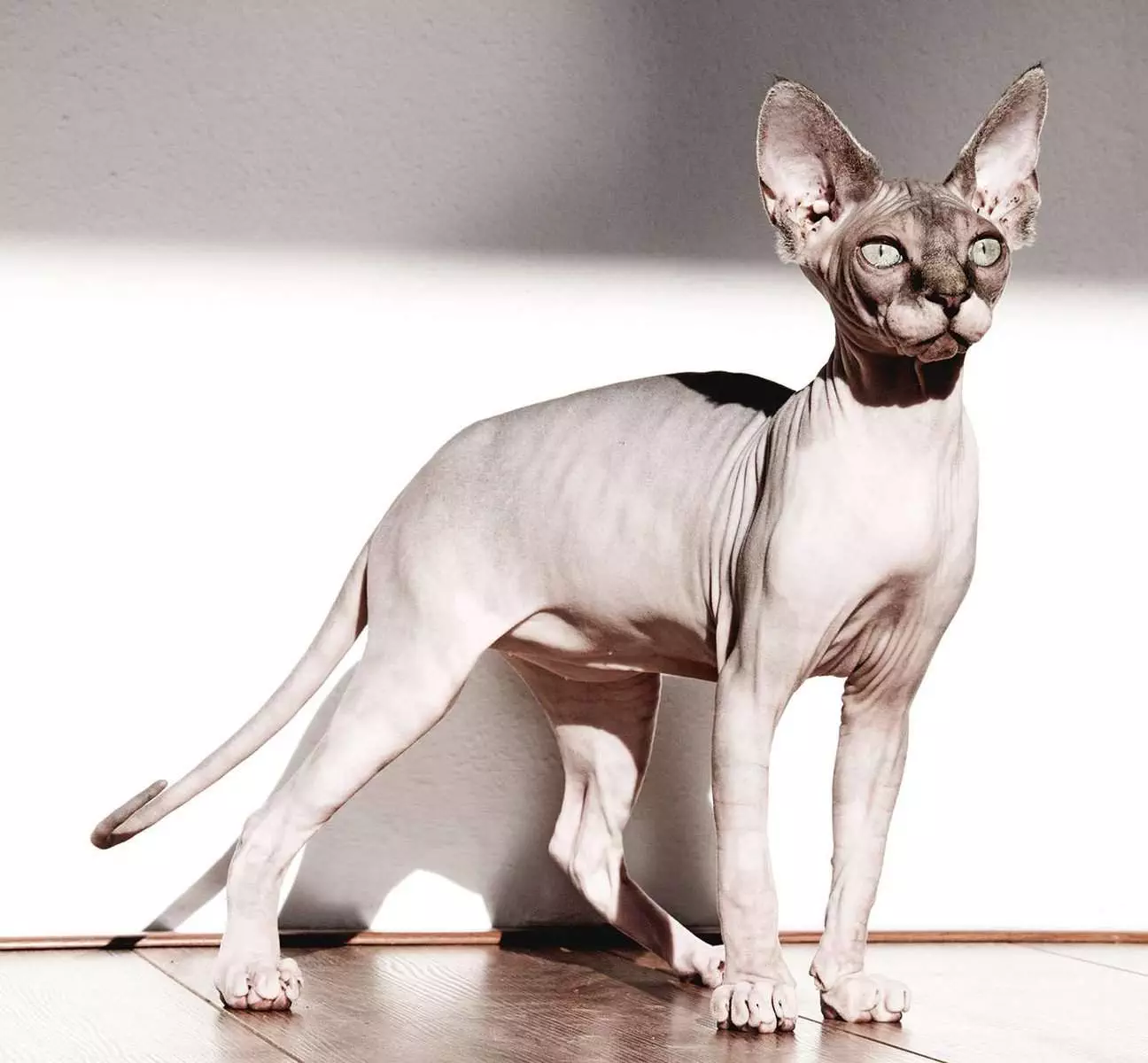As a cat lover and owner, I have come to understand the significance of choosing the right cat breed for your lifestyle. It goes beyond simply finding a cute and cuddly companion; it can have a profound impact on your daily routine and overall happiness. Each cat breed has its own unique characteristics, temperament, and needs that must be considered before bringing one into your home. Today, join Top Breeds find out answers to the old question ‘what can breed is right for me’.
When I first decided to adopt a cat, I didn’t fully grasp the importance of choosing the right breed. I thought any cat would fit seamlessly into my life, but boy was I wrong! My experience taught me that different breeds have different energy levels, grooming requirements, and even compatibility with other pets or children in the household.
Key Takeaways
- Choosing the right cat breed is important for a happy and healthy relationship with your feline companion.
- Factors to consider include lifestyle, personality, needs, and health considerations.
- Active or sedentary breeds, indoor or outdoor cats, and family-friendly or low-maintenance breeds are all options to consider.
- Some breeds require more attention and care than others, and size can also play a role in choosing the right cat.
- Popular cat breeds include the Siamese, Persian, Maine Coon, and Sphynx, among others.
Factors to Consider When Choosing a Cat Breed: Lifestyle, Personality, and Needs
Choosing a cat breed should not be taken lightly; it requires careful consideration of your lifestyle, personality traits, and specific needs. Assessing these factors will help you determine which breed is best suited for you.
For instance, if you lead an active lifestyle with plenty of time for playtime and exercise with your feline friend, an active breed like Abyssinian or Bengal might be perfect for you. On the other hand, if you prefer quiet evenings curled up on the couch with a book or movie marathon sessions on weekends without much physical activity involved from both sides – then perhaps considering sedentary breeds such as Persian or Ragdoll would be more suitable.
Understanding each breed’s needs is also crucial in making an informed decision. Some cats require more grooming than others due to their long hair or specific coat types while some may need more mental stimulation through interactive toys or puzzles to keep them entertained throughout the day.
Active vs Sedentary Breeds: Which One is Right for You?
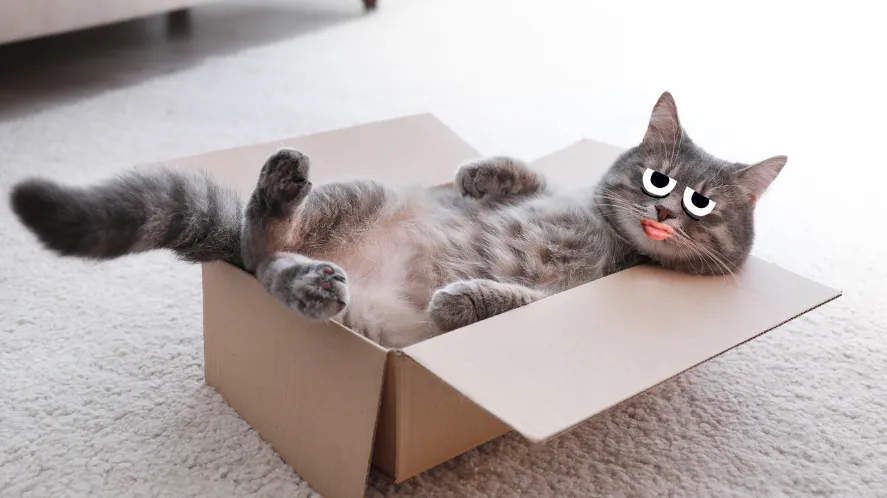
Active breeds are known for their high energy levels and love for playtime. They thrive in environments where they can engage in physical activities and mental stimulation. If you are an active individual who enjoys interactive play sessions and has the time to dedicate to your cat’s exercise needs, an active breed might be a perfect match for you.
On the other hand, sedentary breeds are more laid-back and prefer a relaxed lifestyle. They enjoy lounging around and being pampered with affection. If you lead a more low-key lifestyle or have limited time for playtime, a sedentary breed might be better suited for your needs.
Examples of active breeds include the Abyssinian, Bengal, and Siamese cats. These breeds are known for their playful nature and need for mental stimulation. On the other hand, sedentary breeds like Persians or Ragdolls are known for their calm demeanor and preference for relaxation.
Indoor vs Outdoor Cats: Pros and Cons of Each Type
| Category | Indoor Cats | Outdoor Cats |
|---|---|---|
| Pros | Less risk of injury or disease | More exercise and stimulation |
| Cons | Less opportunity for natural behaviors | More exposure to predators and traffic |
The decision between having an indoor or outdoor cat is another important factor to consider when choosing a cat breed. Both options have their pros and cons that should be carefully weighed before making a decision.
Indoor cats tend to live longer lives as they are protected from outdoor dangers such as traffic accidents or encounters with predators. They also have reduced exposure to diseases carried by other animals. However, indoor cats require more mental stimulation as they don’t have access to natural stimuli like hunting prey or exploring new territories.
Outdoor cats enjoy the freedom of exploring their surroundings but face higher risks such as injuries from fights with other animals or exposure to diseases carried by wildlife. Additionally, outdoor cats may bring unwanted pests into your home such as fleas or ticks.
If you decide on having an indoor cat, it’s important to provide them with plenty of toys, scratching posts, climbing trees – anything that can simulate natural behaviors like hunting prey or climbing trees would help keep them entertained while indoors.
Family-Friendly Breeds: Best Cats for Children and Other Pets
If you have children or other pets in your household, it’s crucial to choose a cat breed that is known for being family-friendly. Some breeds are more tolerant of children’s antics and get along well with other animals, while others may be more reserved or easily stressed in such situations.
When I was looking for a cat breed that would be suitable for my young children, I did extensive research on breeds known for their gentle nature and patience. Breeds like the Maine Coon, Ragdoll, and British Shorthair are often recommended as they tend to be good with children and other pets.
It’s important to note that even within family-friendly breeds, individual personalities can vary. It’s always a good idea to spend time with the specific cat you are considering adopting to ensure they have the right temperament for your family dynamics.
Low-Maintenance Breeds: Ideal for Busy Owners or First-Time Cat Parents
For busy individuals or first-time cat parents who may not have as much time to dedicate to grooming or playtime, choosing a low-maintenance breed can make life easier. These breeds typically require less grooming and attention compared to high-maintenance breeds.
Low-maintenance cats often have shorter coats that don’t require frequent brushing or professional grooming sessions. They also tend to be more independent and less demanding of constant attention.
Breeds like the American Shorthair, Russian Blue, or Chartreux are considered low-maintenance options due to their easygoing nature and minimal grooming needs. These cats can still provide plenty of love and companionship without requiring excessive care.
High-Maintenance Breeds: Cats That Require More Attention and Care
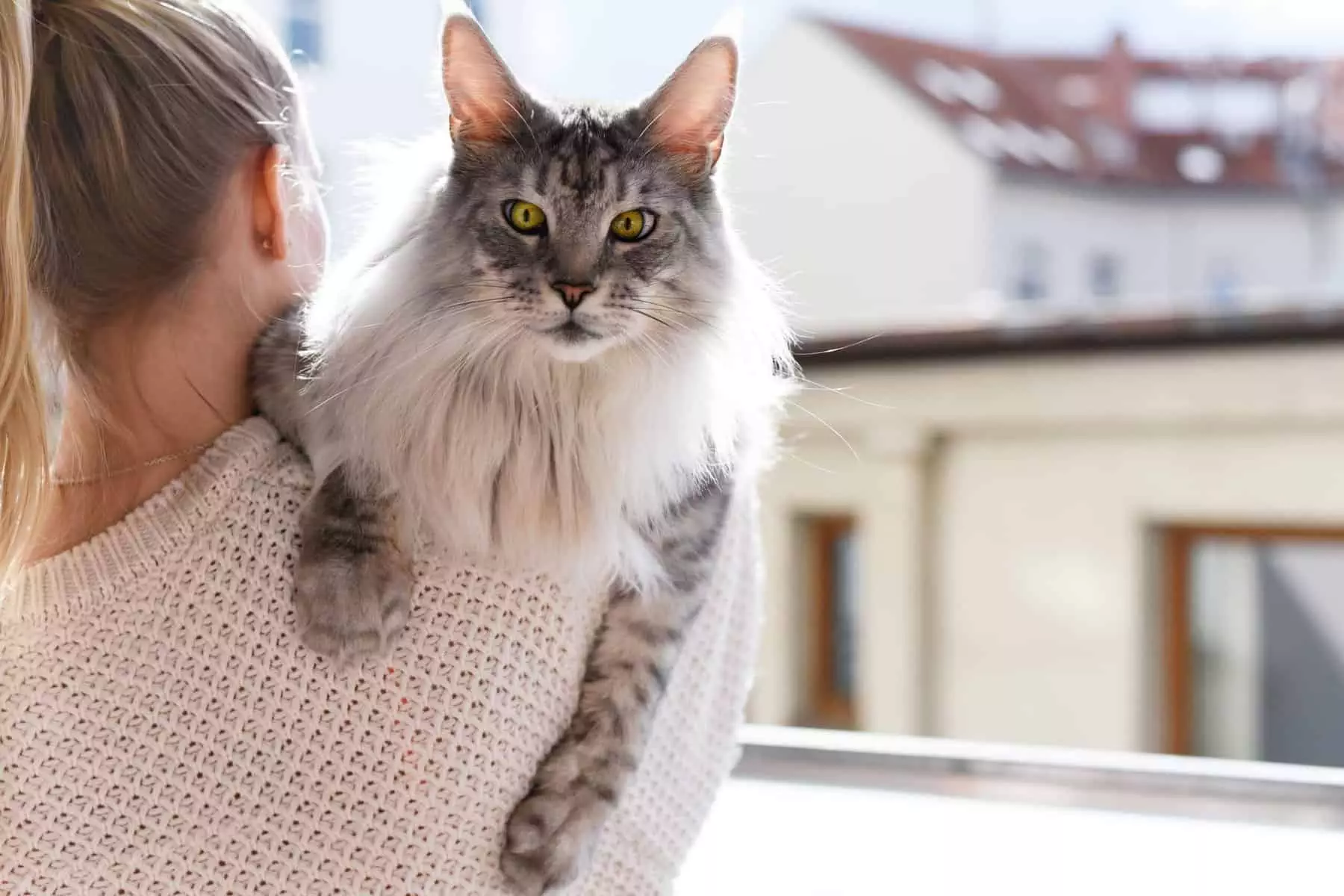
On the flip side, some cat breeds require more attention and care due to their specific needs or characteristics. These high-maintenance cats may need daily brushing sessions, regular visits to professional groomers if they have long hair coats prone to matting, or even specialized diets.
High-maintenance breeds often have specific health issues that require regular monitoring and veterinary care. They may also be more demanding of attention and playtime to keep them mentally stimulated.
Breeds like the Persian, Himalayan, or Maine Coon are known for their high-maintenance needs. These cats can be a joy to own but require a significant commitment of time and resources to ensure their well-being.
Health Considerations: Breeds Prone to Certain Health Issues
When choosing a cat breed, it’s important to consider potential health issues that certain breeds may be prone to. Some breeds have genetic predispositions for specific conditions or diseases that may require extra care or monitoring throughout their lives.
For example, Persians are known for their brachycephalic (flat-faced) features which can lead to respiratory problems or eye issues. Maine Coons are prone to hypertrophic cardiomyopathy (a heart condition), while Siamese cats may have higher chances of developing dental problems.
By researching breed-specific health concerns beforehand, you can make an informed decision and take proactive measures in preventing or managing these conditions if they arise.
Size Matters: Small, Medium, and Large Breeds and Their Characteristics
The size of a cat breed is another factor worth considering when choosing the right feline companion for your lifestyle. Small breeds tend to be more delicate while larger breeds often require more space and resources due to their size.
Small cat breeds like the Singapura or Devon Rex are known for being petite in stature but big on personality. They can easily adapt well in smaller living spaces such as apartments without feeling cramped.
Medium-sized cat breeds like the Abyssinian or Russian Blue strike a balance between small and large breeds in terms of physical attributes as well as energy levels. These cats tend to fit well into various lifestyles without requiring excessive space or attention compared with larger counterparts.
Large cat breeds like the Maine Coon or Norwegian Forest Cat are majestic in size and often require more space to roam and play. They may also have higher energy levels that need to be adequately addressed through playtime and mental stimulation.
Popular Cat Breeds: Overview of the Most Common Breeds and Their Traits
When it comes to popular cat breeds, there are several options to choose from, each with its own unique traits and characteristics. Some of the most common cat breeds include the Siamese, Persian, Maine Coon, Bengal, Ragdoll, British Shorthair, Abyssinian, Russian Blue, Sphynx – just to name a few!
The Siamese breed is known for its striking blue eyes and vocal nature. Persians are famous for their luxurious long coats but require regular grooming sessions. Maine Coons are gentle giants with friendly personalities while Bengals have a wild appearance reminiscent of their leopard ancestors.
Ragdolls are known for their docile nature and tendency to go limp when picked up while British Shorthairs have a calm demeanor that makes them great companions for relaxed lifestyles. Abyssinians are active cats that love exploring their surroundings while Russian Blues have an elegant appearance coupled with an affectionate personality.
Sphynx cats stand out due to their lack of fur but make up for it with their playful nature and need for warmth. These popular breeds offer a wide range of options depending on your preferences and lifestyle.
Finding Your Purrfect Match and Enjoying a Lifetime of Feline Companionship
In conclusion, choosing the right cat breed is crucial in ensuring a harmonious relationship between you and your feline companion. By considering factors such as lifestyle needs, activity levels desired grooming requirements or health concerns specific to certain breeds – you can find your purrfect match!
Take the time to research different cat breeds thoroughly before making a decision. Visit local shelters or reputable breeders to meet the cats in person and get a sense of their personalities. Remember, each cat is an individual, so it’s important to spend time with them to see if you connect on a personal level.
Owning a cat that is the perfect match for you can bring immense joy and companionship into your life. Whether you choose an active breed that keeps you on your toes or a low-maintenance companion that fits seamlessly into your busy schedule, the bond between human and feline can be truly special.
So take your time, do your research, and find the cat breed that will bring happiness and love into your home for years to come.
FAQs
What factors should I consider when choosing a cat breed?
When choosing a cat breed, you should consider your lifestyle, living situation, and personal preferences. Some factors to consider include the cat’s activity level, grooming needs, and temperament.
What are some low-maintenance cat breeds?
Some low-maintenance cat breeds include the British Shorthair, the American Shorthair, and the Siamese. These breeds require minimal grooming and are generally independent.
What are some high-energy cat breeds?
Some high-energy cat breeds include the Bengal, the Abyssinian, and the Sphynx. These breeds require lots of playtime and exercise to keep them happy and healthy.
What are some hypoallergenic cat breeds?
Some hypoallergenic cat breeds include the Sphynx, the Devon Rex, and the Cornish Rex. These breeds produce less of the allergen that causes allergic reactions in humans.
What are some good cat breeds for families with children?
Some good cat breeds for families with children include the Maine Coon, the Ragdoll, and the Persian. These breeds are generally friendly and patient with children.
What are some good cat breeds for apartment living?
Some good cat breeds for apartment living include the Scottish Fold, the Russian Blue, and the American Shorthair. These breeds are generally quiet and don’t require a lot of space to be happy.
Originally posted 2024-01-12 08:48:27.

